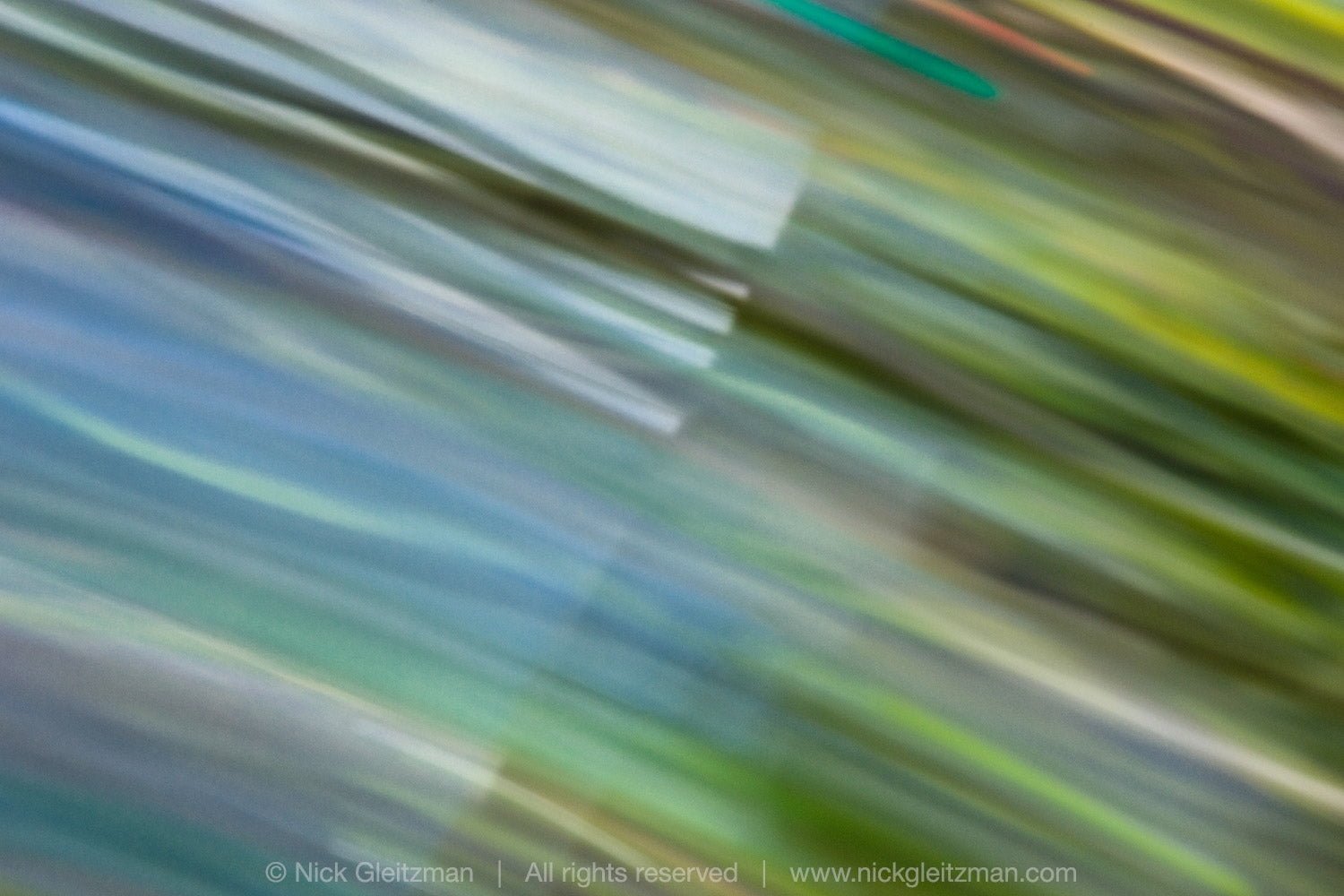In memory of my Mum, Pamela Gleitzman, 25 February 1930 - 25 July 2017 – family archivist extraordinaire.
If you Google ‘quintessential amateur photographer’, I bet my Mum will be in the top ten results.
When I was a kid, she (or my Dad, under duress) used a Kodak Box Brownie to document our childhood, especially on birthdays and summer holidays. When we emigrated to Australia in 1969, she upgraded to more modern tech: a 126 Instamatic. A new life – in colour!
Years later, once I learned a bit about photography myself, I was keen to share my newly-acquired knowledge with Mum. I tried to point out how and why the quality of her Instamatic photos was seriously lacking. Eventually, I managed to persuade her to take the quantum leap forward to 35mm, with an Olympus Trip 35 point-and-shoot. Getting Mum comfortable with loading the film was a bit of a struggle, and so was coming to grips with the concept of focussing, but she got there in the end. The Trip, btw, was a brilliant little camera. Full frame, 40mm f2.8 lens, automatic exposure, and solar powered – no batteries! Mum certainly appreciated the improved technical quality of her photos, but when I tried to take things a step or two further with suggestions on composition, she always responded with, “That’s alright, dear – I don’t mind. I just take photos for the memories.”
And that’s the crux, right there. For millions of amateurs, the making of memories has always been the most important reason for taking photographs. It’s not about making striking images, or great art; it’s personal.
A good friend of mine, a world-class wildlife photographer, once told me that the content of a photo is more important than its technical quality. She was talking about a slightly-out-of-focus image of an incredibly rare bird, but I realised that the principle is universal. By todays standards, all the photos on this page are of dubious technical quality, but the very fact that they exist at all is far more important.
And just as important is the fact that they’re available to be looked at, whenever anyone in our family wants to. My Mum, with a combination of albums and indexed shoe-boxes, made sure that these photos live on. Her chosen medium for our family archive was prints; it’s what she’d known all her life. Many of the images, though, especially the older B&W ones, now only exist as prints; I asked her where all the negatives had gone, and she told me, to my dismay, that in the ‘old days’ the negs were considered a disposable intermediate step in the creation of the prints – and were discarded!
Mum even embraced digital technology; the last few years of her life she used a compact digital camera – she even owned a MacBook and an iPad. But she still took her favourite photos to the local minilab to have prints made from them. To her, photographs were best preserved on paper. I must admit that I feel the same way; to me, a beautiful print in a frame is still my ‘finished product’.
But Mum still had to learn how to file her digital photos on the default storage medium – a hard drive. It was a steep learning curve for her, and not one that she ever enjoyed. She never quite got her head around organising them properly, but luckily I have a copy of her digital archive on my own HD, so her family archive can continue.
Organising the storage of digital images is paramount for them to be meaningful. There's an old saying, that if you can’t find something, it may as well not exist – never more true than with a disorganised hard drive. There are many programs available, and approaches to take – well beyond the scope of this post. I’ll come back to that another time.
The last point, though, for this post: backing up. I’ve begun the long and slow process of digitising images that only existed as a single print, as you can see. For digital images, it’s imperative for me as a professional – but just as important to protect your family photos – to have a backup plan. I have multiple hard drives, with one dedicated to my own image archive which is backed up to a second twice a day. That helps against the risk of hard drive failure, but doesn't help if a catastrophic event, like fire, flood, or theft takes out both HDs at once. So I also have a cloud-based backup that runs constantly, in the background and in real time. Whether photos form a business asset, like mine, or preserve memories of your kids, holidays and other family occasions, they’re too valuable to lose.
My Mum's photography was a family tradition across the generations. I was the first (that I know of) to take it up as a profession, but I'm really glad my forebears were keen amateurs. The photo of my great-great-grandmother, Anne Dixon, is one of my favourites from our archive. Taken around 1900 (when the first Box Brownies cost $1, and for another dollar you got the first roll of film and processing), it gives me very real contact with my own history, more than fifty years and four generations before I was born.
The archive that Mum inherited and maintained, of seven generations of our family – so far – is a treasure that, hopefully, will be shared, enjoyed, laughed at and cried over for another hundred years, and more.
Memories, like family, are priceless.
Also in 1,000 Words


Nothing Is Real 2


Nothing Is Real








